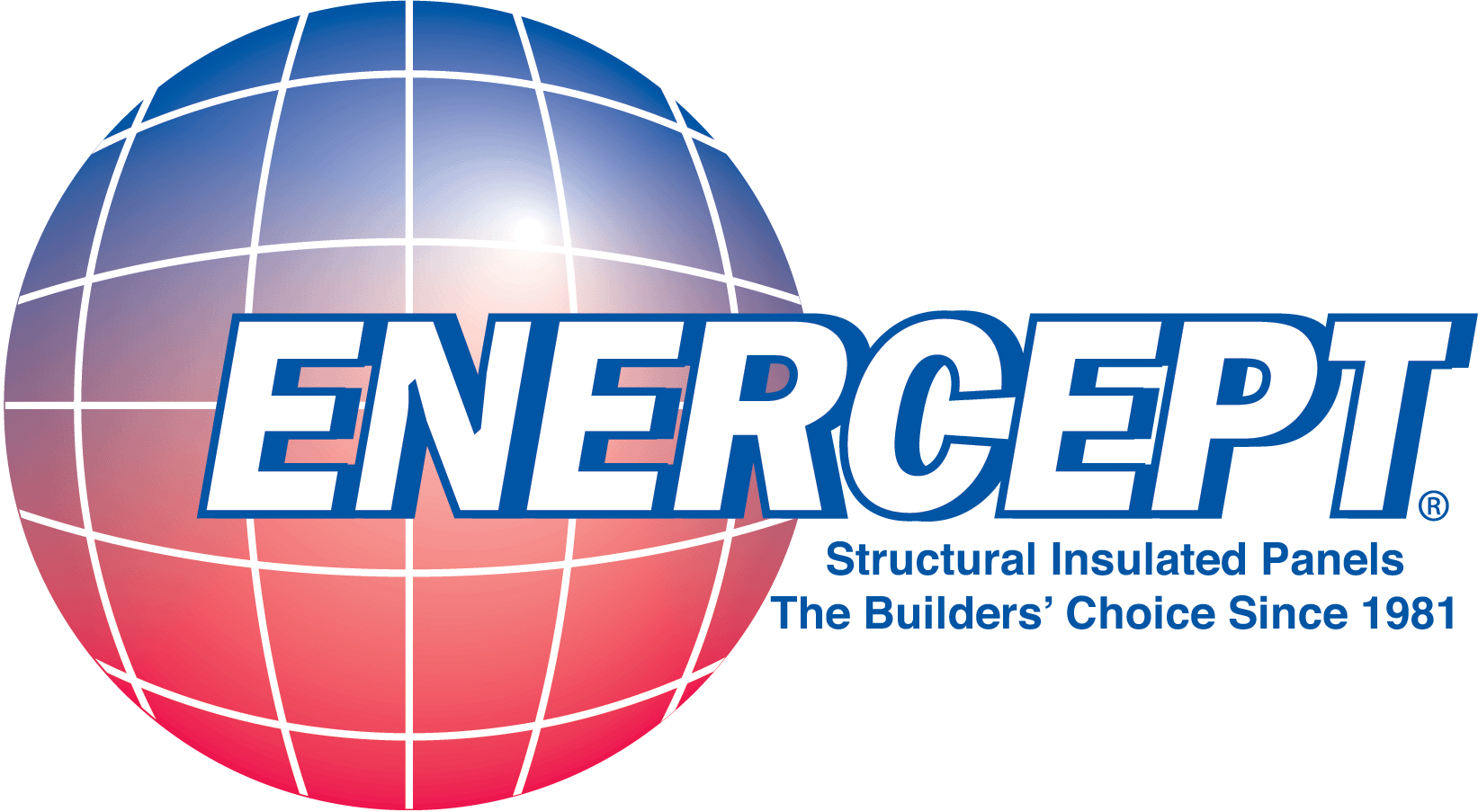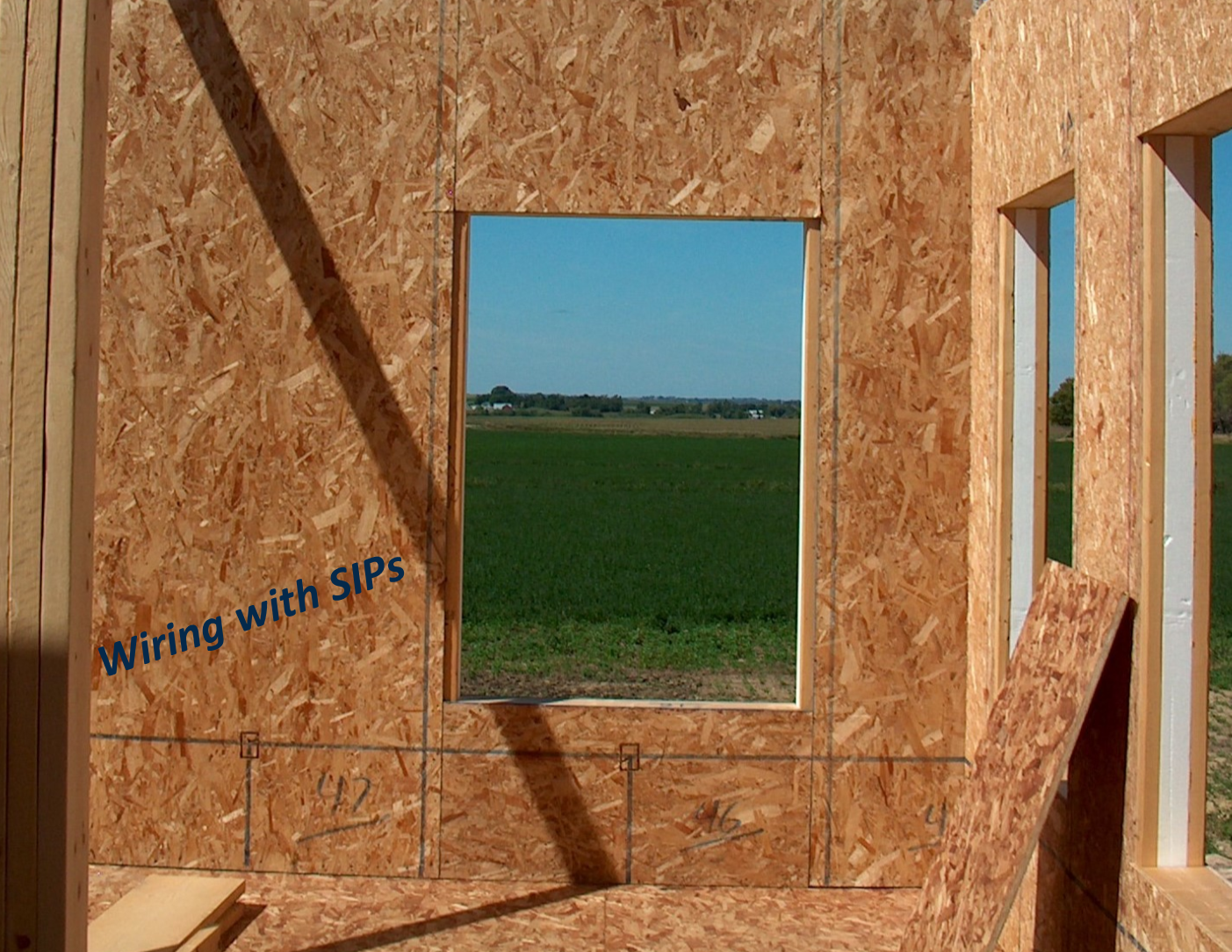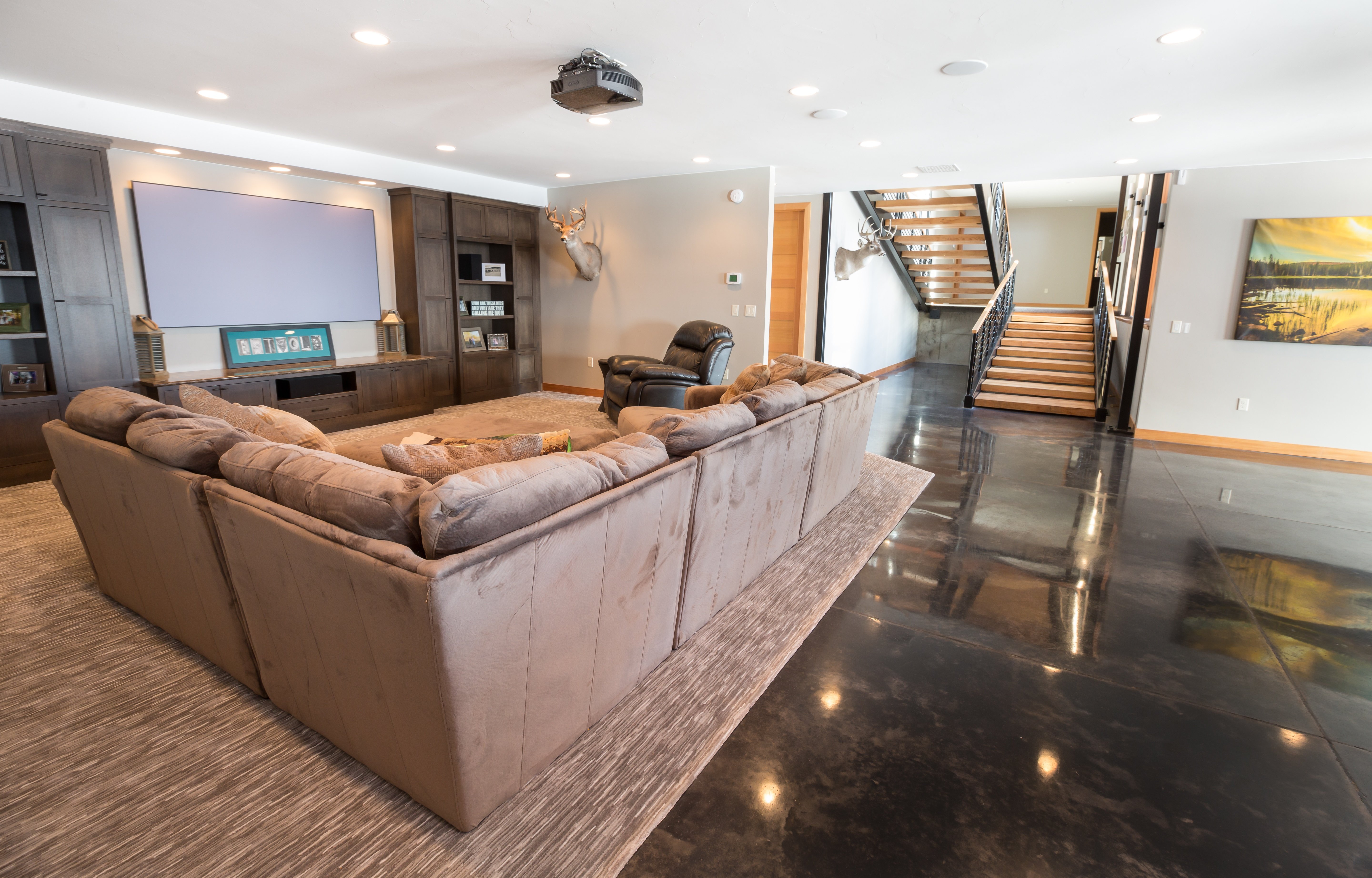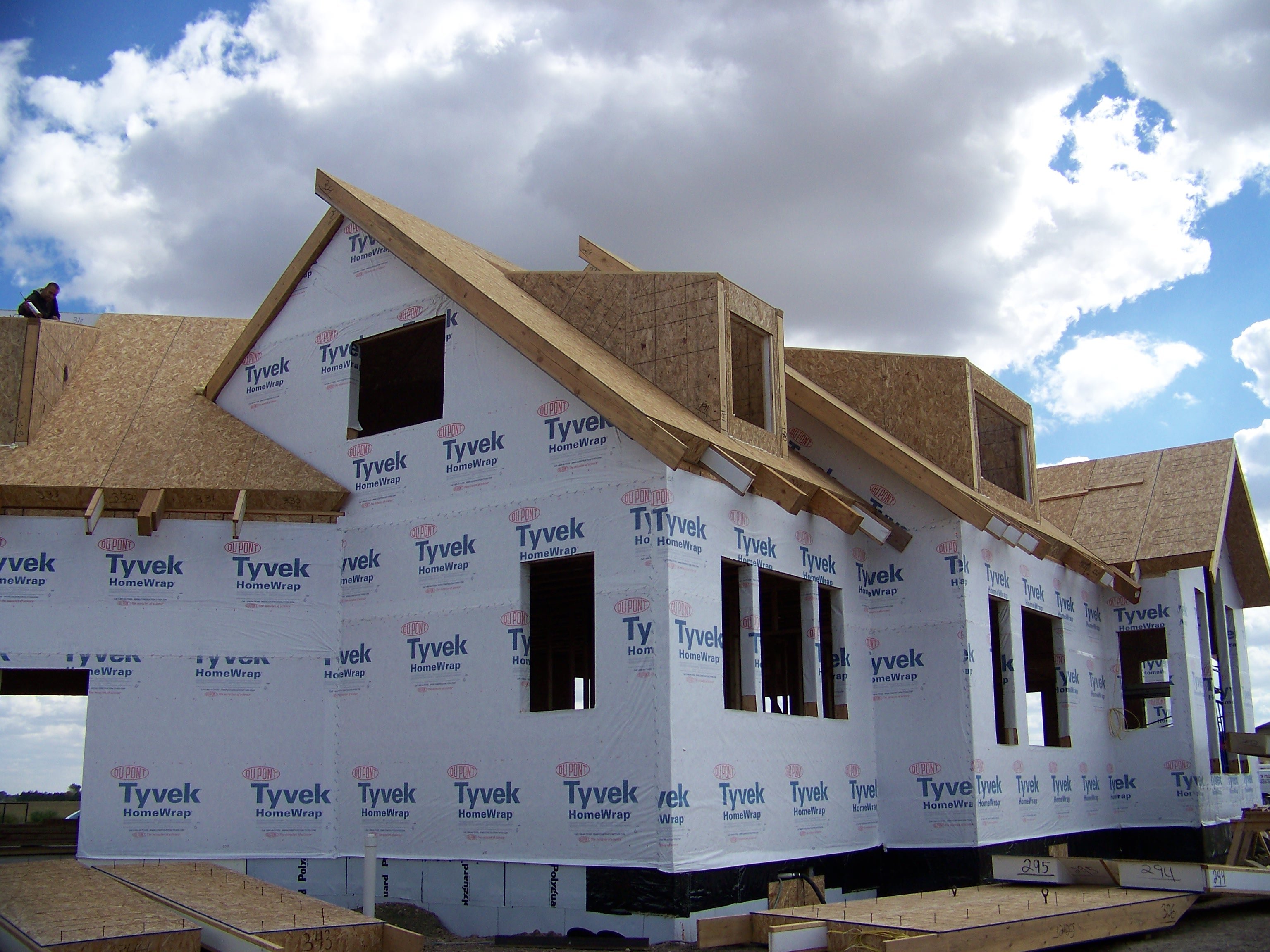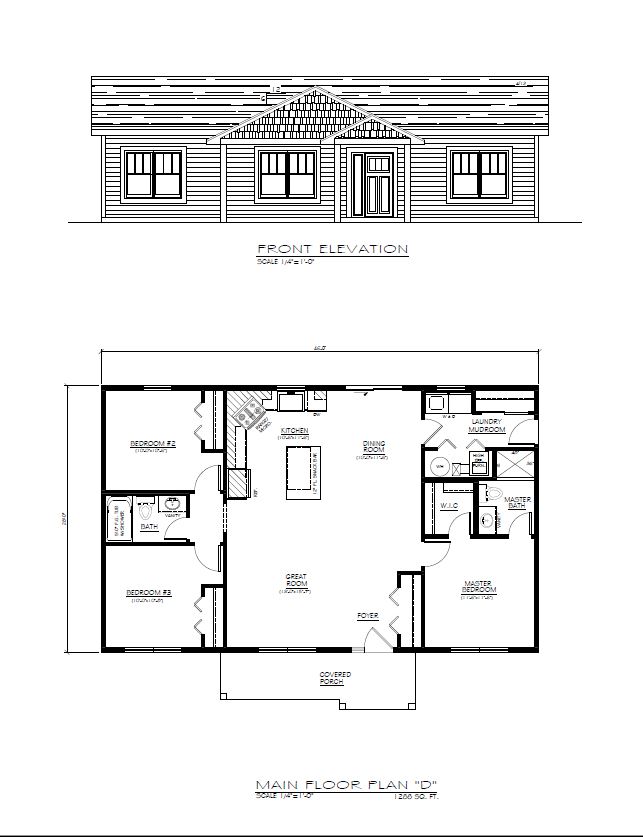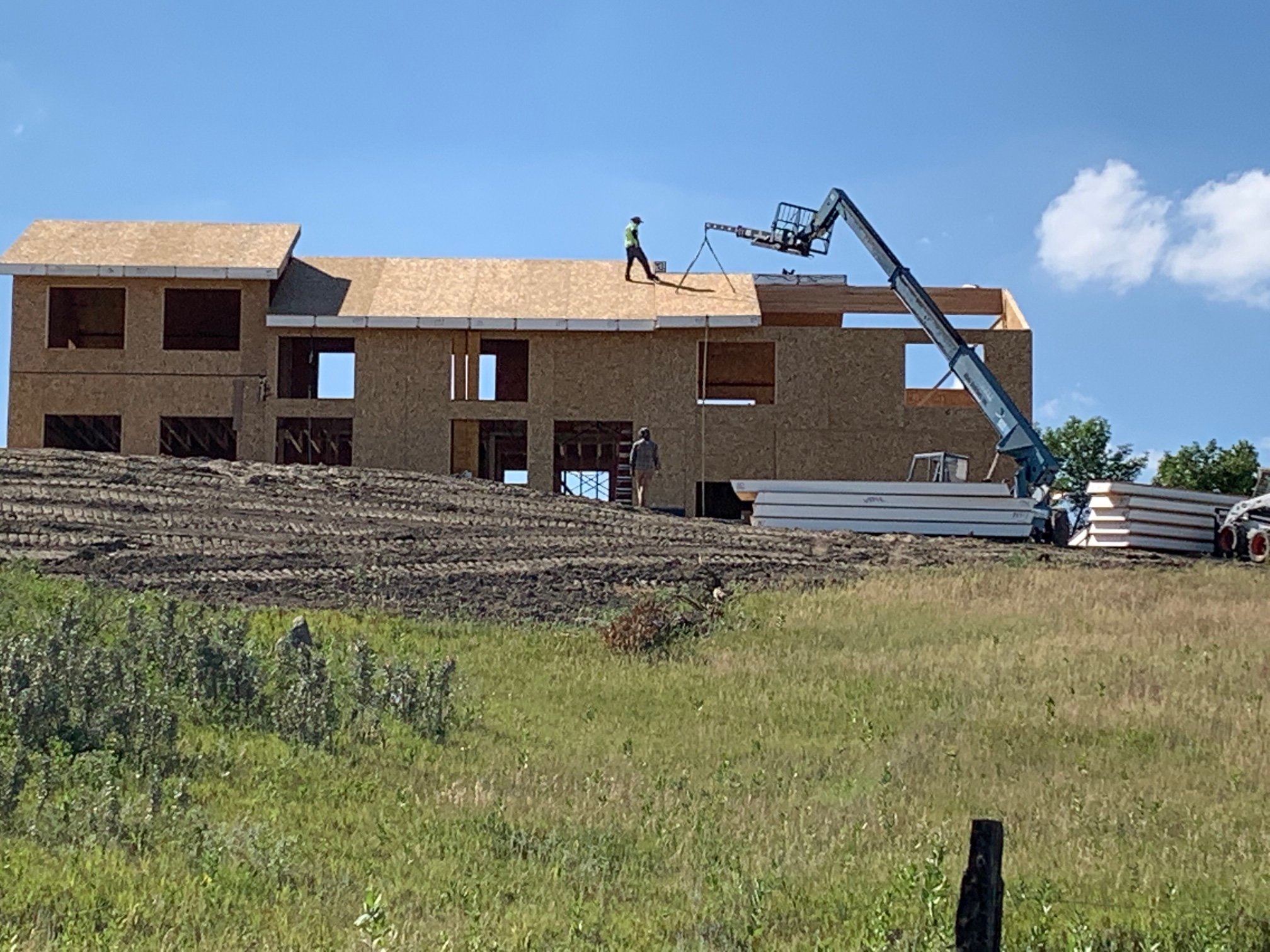When it comes to home construction, choosing superior products and technologies will generally increase the overall initial cost of construction. However, when you factor in material cost, labor expense, job site waste, and the lifetime benefit of energy savings, building with Enercept structural insulated panels (SIPs) is your long-term, low-cost building solution.
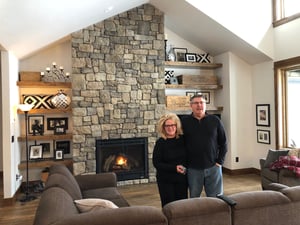 A LIFETIME OF SAVINGS
A LIFETIME OF SAVINGS
Building with SIPs presents several advantages over conventional framing methods, including increased energy efficiency, and reduced costs. SIPs save energy by reducing the heat loss characteristic of conventional wood framing, as well as by reducing air leaks. According to the US Department of Energy, homes and commercial buildings constructed with SIP walls use up to 60 percent less energy. When floors and roofs are constructed using SIPs, savings increase exponentially. The lifespan of a SIP structure is 50 years or more with no cost input. The increased air-tightness construction of SIPs also reduces allergens in he structure, nail pops, twisting of studs, and warping.
Despite these advantages, sticker shock may be a deterrent to using SIPs, which is nominally more expensive than materials used in conventional wood construction. However, while the initial cost of SIPs is higher than material costs for conventional building materials when you consider waste reduction, increased site productivity, and reduced labor costs, the overall cost is virtually the same or lower than the cost of conventionally constructed buildings. It is also possible to down size the HVAC equipment when using SIPs doe to less air leakage through the exterior envelope.
Your return on your investment begins the minute the home begins construction and continues through the life of the mortgage. Considering SIPs are lightweight (about 4 pounds per square foot) and easy to assemble, the use of SIPs significantly increases framing productivity. The use of SIPs can reduce framing labor by as much as 55 percent, according to a study by Reed Construction Data. Construction labor costs are also reduced because fewer workers are needed to erect precut panels that arrive at the site ready to assemble.
LESS AIR LEAKAGE = LOWER ENERGY BILLS
The superior whole wall R-values of SIPs minimizes the amount of HVAC equipment and can reduce the amount of ductwork. This can be a tremendous money saving feature to SIP homeowners. Traditional stick framed homes and structures are less energy efficient than SIP homes because they are more prone to energy loss (or gain if the climate outside is warmer than inside the home) because of thermal bridging and air leakage.
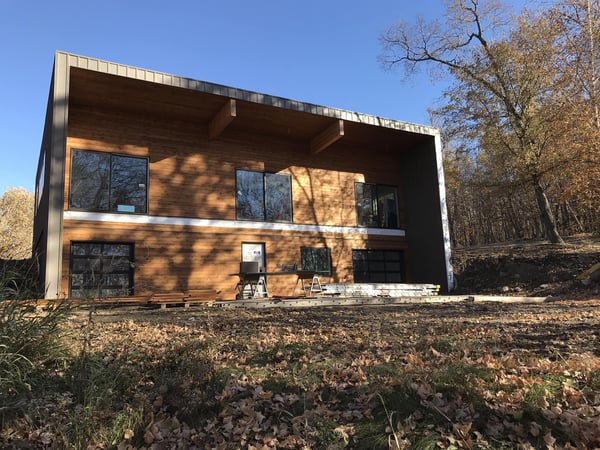
For instance, about 40 percent of an existing home’s energy loss comes from air leakage. Air leakage is measured in air changes per hour (ACH). The current International Energy Conservation Code (IECC) requires a typical stick framed home to have an ACH of 3-5 depending on climate zone; a SIP home can achieve air leakage as low as 0.2 ACH using energy efficient construction techniques. Reducing the amount of ACH means considerably lower heating and cooling costs. Furthermore, fewer drafts coming into the home mean less dust, and other allergens that can enter the home.
A SIP building has a much tighter energy envelope than its stick frame counterpart, and by eliminating much of a home’s air leakage, your HVAC system doesn’t have to work as hard heating and cooling interiors. The result – you can install a smaller, less expensive, mechanical system and still get the interior comfort you want.
A HOUSE THAT PAYS YOU? -1.jpg?width=300&name=Heisler%20Passive%20House%20(2)-1.jpg)
Industry experts regularly refer to SIPs as the foundation for Net Zero, Passive House, and Environmental Certifications. The energy-efficient benefits of SIPs alone are often the basis for projects to achieve green energy savings. When you combine SIPs with renewable energy sources like solar, wind or geothermal your residential or commercial structures can easily become net zero energy projects. Imagine an electric meter that runs backwards!
LONG-TERM BENEFITS
Because of the superb energy efficiency and thermal performance, there is no doubt that building with SIPs is a sound investment. It’s a savings both during construction and over the lifetime of your structure and, ultimately, a positive return on your investment.
Find out about SIPs:
